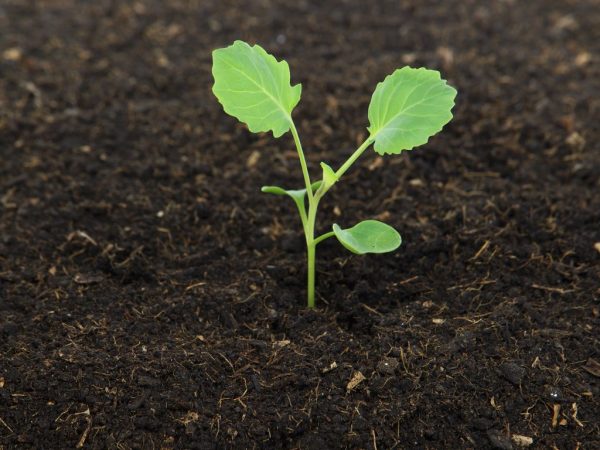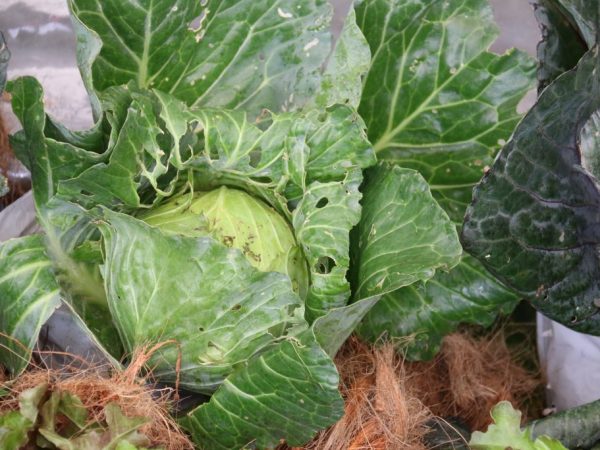How and how to feed pepper seedlings for growth
Feeding pepper seedlings for growth is a very important element of caring for these vegetables. At home, you can support or accelerate the growth of plants. In the article, we will consider how to properly feed for the growth of pepper.

How and how to feed pepper seedlings for growth
Fertilizers for seedlings
Not all summer residents know about the need for fertilizer for peppers. For many people, young plants grow themselves at home, but this does not always give good results in terms of yield. Experienced gardeners should definitely know how to feed pepper seedlings for growth at home.
The first time additives are added when there are already two first leaves. The most effective fertilizer for young plants is half a teaspoon solution. karmabide and 3 ml. monosodium glutamate or potassium.
After 10 days have passed since the first supplement, the second can be taken. This fertilizer is applied when the plant has 5 leaves. Then make a solution of half a teaspoon. karmabid and 1 teaspoon. potassium monophosphate. You can also use organic or mineral fertilizers.
The last feeding is done 2-3 days before planting in the ground. You need to choose fertilizers that strengthen the plants, stimulate rapid growth and strengthen the roots. Most often, gardeners choose nitrogenous supplements, superphosphates, potassium salts or humus with earth.
Top dressing with nettles with ash
Among organic natural fertilizers, nettle with ash can be distinguished, and if there is no nettle, then you can use dry grass. To do this, put 100 g of dried nettle or herb leaves in a glass jar, pour warm water to the edges of the container.
The container must be placed in a warm place, and as soon as it begins to ferment, the jar must be covered with plastic wrap. This solution should be infused for two weeks, and shaken twice a day. This fertilizer must be diluted with water 1 to 2, and add 2 tbsp. l. ash.
After that, you can water the peppers. The process of preparing such a fertilizer is quite long, but if it is regularly fed to seedlings, then it acts as an effective growth stimulant.
Feeding with yeast
If you feed the seedlings with a yeast solution, this fills the soil with useful substances and changes the composition of the soil. Fungal organisms found in yeast stimulate growth and increase yields.
Yeast fertilizer includes 10 g of yeast, 3-4 tbsp. tablespoons of sugar and 10 liters. water. Before watering the plants, this solution must be mixed with water at the rate of 1 to 10.
Egg shell feeding
If there is a supply of eggshells at home, then this is a storehouse of nutrients for vegetables. When soaked, hydrogen sulfide is released from it, due to which the trunk and leaves of the plant grow.
The solution is prepared by rubbing the shell of 4 eggs, pour 3-4 liters. warm water and put in warmth for three days, covering it with a lid. After that, the trees are watered with liquid, but before that it is necessary to fluff the ground, then the infusion will be better absorbed.
Top dressing with iodine
Iodine not only accelerates plant growth, but also protects against diseases and pests.10 grams of iodine is stirred in 10 liters. water, you can also add 10 grams of phosphorus and potassium to the solution.
After stirring, you can water the seedlings and wait for the results. This famous antiseptic works very well on plants and keeps peppers healthy.
Feeding rules

Pests eat unfertilized cabbage
In order for peppers to absorb nutrients and not suffer from improper use of various means, you need to know how to use feeding correctly. There are several rules for using fertilizers:
- trees need to be processed only in the morning, so that by the evening, when the temperature drops, the soil is dry. If water remains in the root system, then fungal diseases can develop at low temperatures;
- all additives are applied only at the root of the plant, otherwise the leaves may die from exposure to chemical elements. If, nevertheless, drops fall on branches or leaves, you need to carefully wash them off with warm water;
- a prerequisite for any feeding is warm water, otherwise the root system may suffer;
- you also need to remember that the soil must be moist and between fertilizing it is necessary to loosen the soil in containers with seedlings.
It is also important to remember that fertilizers need to be rotated. Nitrogenous fertilizing is used during growth before flowering and during the period of fruit formation.
Phosphate fertilizers must be applied during fruiting. Also, during fruiting, you can add a solution of wood ash.
Top dressing in the open field
After disembarking in an open area, it is imperative to maintain the seedlings. Therefore, 8 days after transplanting, fertilizer must be applied again. You can use the same potash dressing, superphosphate or wood ash.
These solutions are applied one liter for each plant. Also, if the summer is cool, it is necessary to feed the peppers with potash dressings, at high temperatures - with phosphate, nitrogenous dressings or urea.
Mineral supplements are very effective. These solutions are added to water for irrigation, at the rate of 1 liter of infusion per 10 liters of liquid:
- ammonium nitrate;
- superphosphate;
- potassium sulfate.
Each mineral fertilizer contains important elements, it supports and stimulates plant growth. Therefore, these procedures are carried out - 5 times for 7-8 days.
Conclusion
It is necessary to follow the rules for caring for peppers and constantly adjust the composition of minerals in the soil. You need to feed the peppers in a timely manner. In this case, you should pay attention to the growth and condition of each plant in order to know what it requires. Then the plant will delight you with a good harvest.


